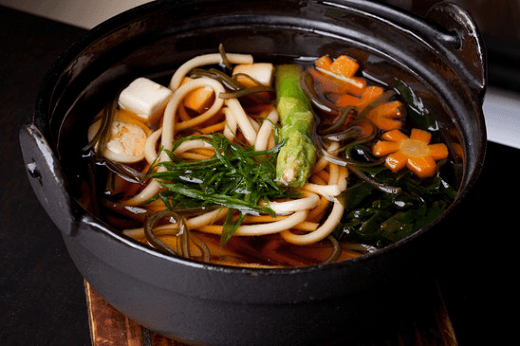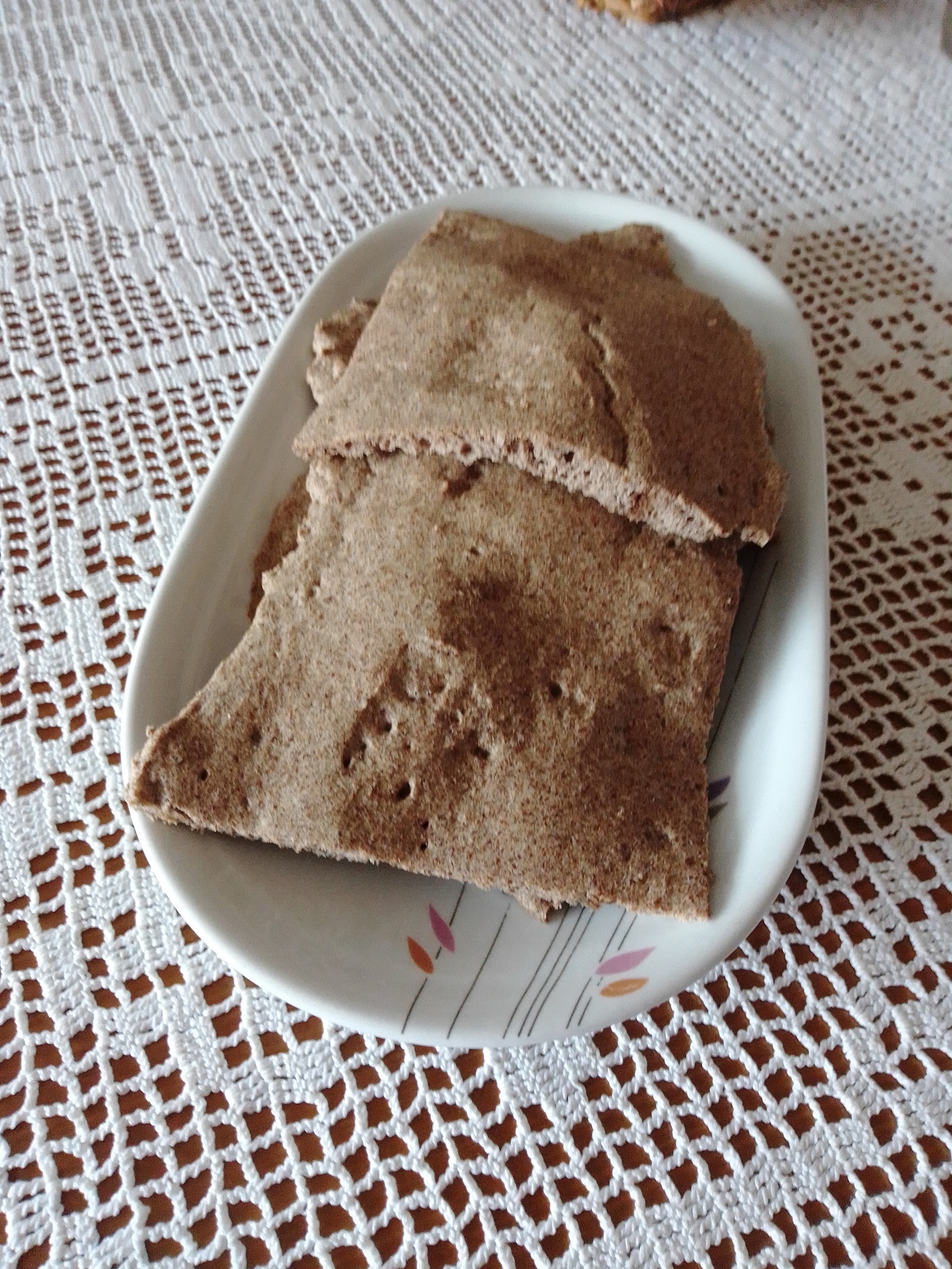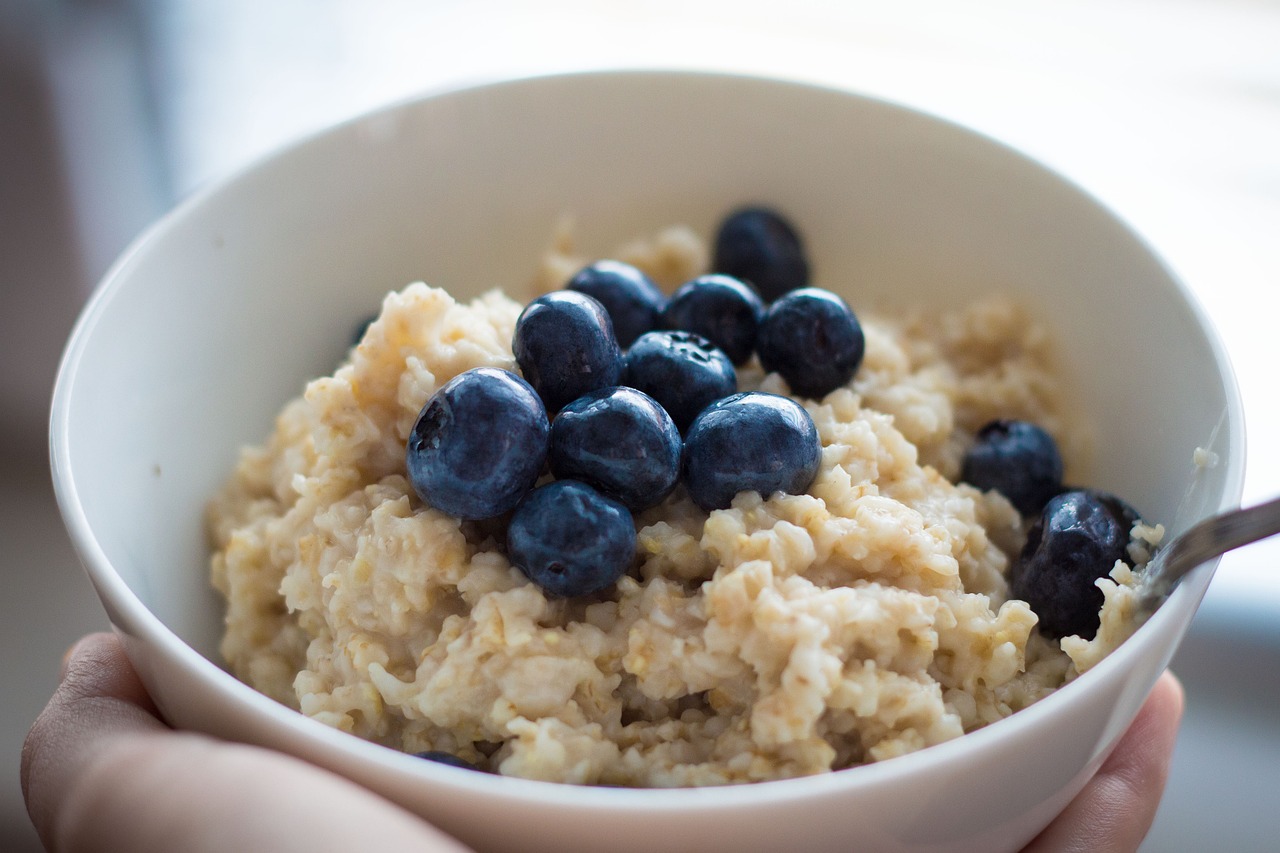What is miso?
miso is one of the most commonly used ingredients in macrobiotic nutrition.
Miso paste, or fermented soybeans with the addition of one of the grains (usually rice or barley), salt, water, and a culture called Aspergillus oryzae is a high-protein addition to dishes, best known as part of miso soup. Miso paste differs in taste and color, texture and aroma and has as many variations as there are, say, among world wines. Darker, traditional types of miso paste have a full, rich taste, while more modern types of miso are lighter in color and sweet and delicately refreshing. People who eat according to macrobiotic principles start each day with a nutritious and warm cup of miso soup instead of a cup of coffee. Coffee acts as a "shaking" of our nervous system, due to caffeine and its acidic effect, further enhanced by the addition of white sugar. In contrast, miso soup gently but effectively wakes up our nervous system. Its alkalizing effect on the bloodstream wakes up both body and mind and provides us with quality energy that keeps us going all morning. Although we use it in small quantities during a day, miso is not just an addition to a meal, but a highly nutritious "food", full of protein, vitamin B12 and other essential nutrients. Miso paste contains microorganisms important for our health in general, as well as enzymes that help digestion.
There are three basic types of miso, namely rice, barley and soy. Barley is most often used in macrobiotics, although others are not excluded either.
BASIC MISO SOUP (for one person)
Soak 2 cm of wakame seaweed in a cup of water.
When it softens, which is about 5 minutes, chop it finely and put it in a pan together with the water from the thawing.
Bring the water to a boil, and during that time cut the smaller vegetables you have chosen, for example onions, carrots, broccoli, cabbage, kale, radishes or daikon, etc... it is best to combine two or three types of vegetables, and of course you can also put only one type – say pumpkin, etc. The amount of vegetables is a total of 1 tablespoon.
When the water boils, add the chopped vegetables and cook for 3-5 minutes, uncovered.
Mix one teaspoon of miso paste in a little water that you took from the boiling soup.
Before adding the miso paste to the soup, reduce the heat to a minimum, then add the stirred miso and leave to cool flows three minutes. Miso must not boil, because the enzymes in it will be destroyed.
At the end, add a finely chopped fresh leaf of parsley or spring onion or chives.
Pleasant!
Variation:
Sauté the onion in a little oil, add chopped vegetables, sauté a little more, then add water and cook for ten minutes, then mix one teaspoon of miso paste in a little water that you took from the soup, add to the soup and be sure to reduce the heat to a minimum, so that the enzymes in the miso paste do not destroy it. The miso should flow, not boil, for 3 minutes. Add parsley or chives.
Pleasant!
Cvijeta Mesic, Authorized instructor macrobiotic cooking by School of Healing Arts, San Diego, USA










